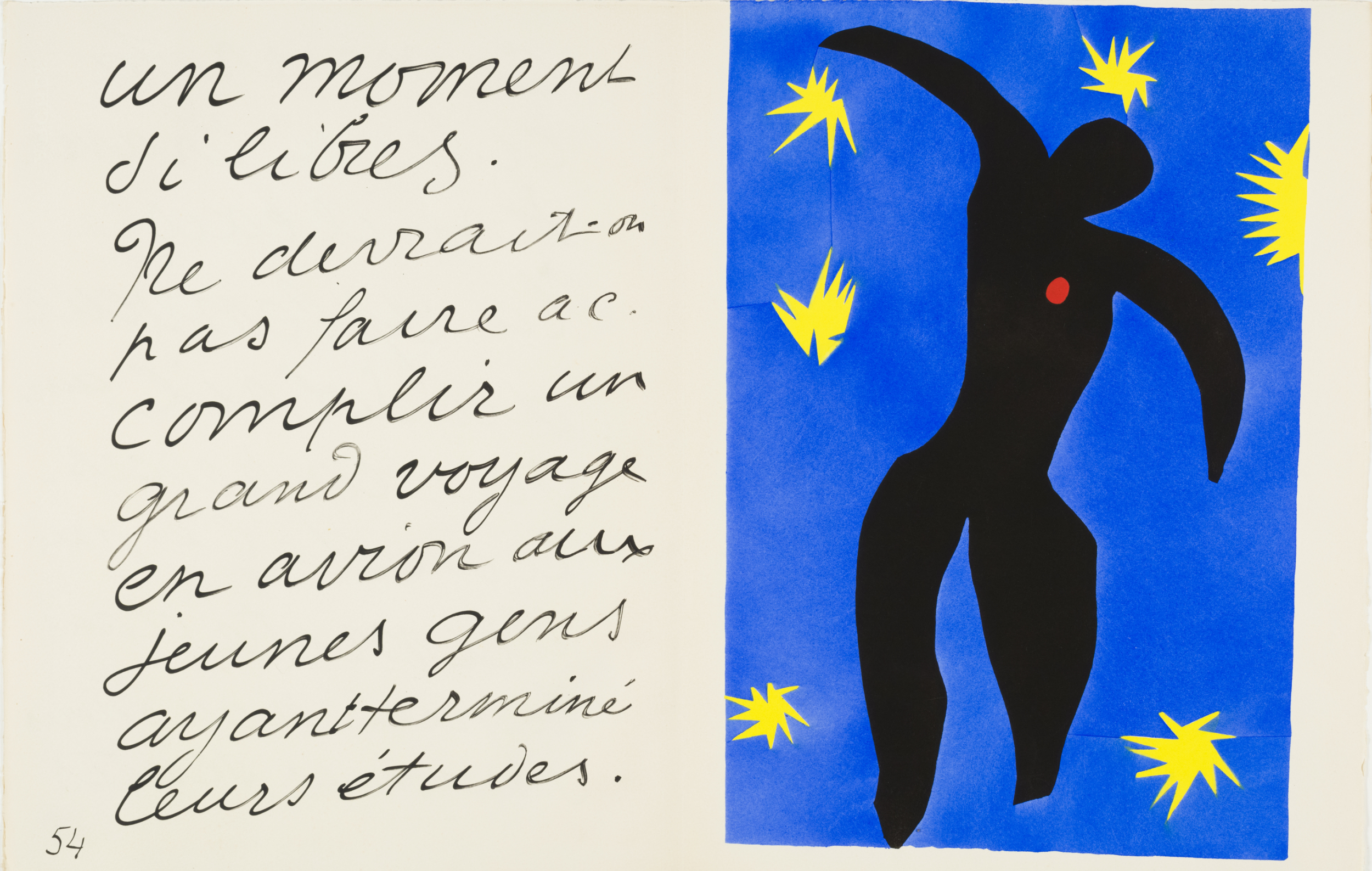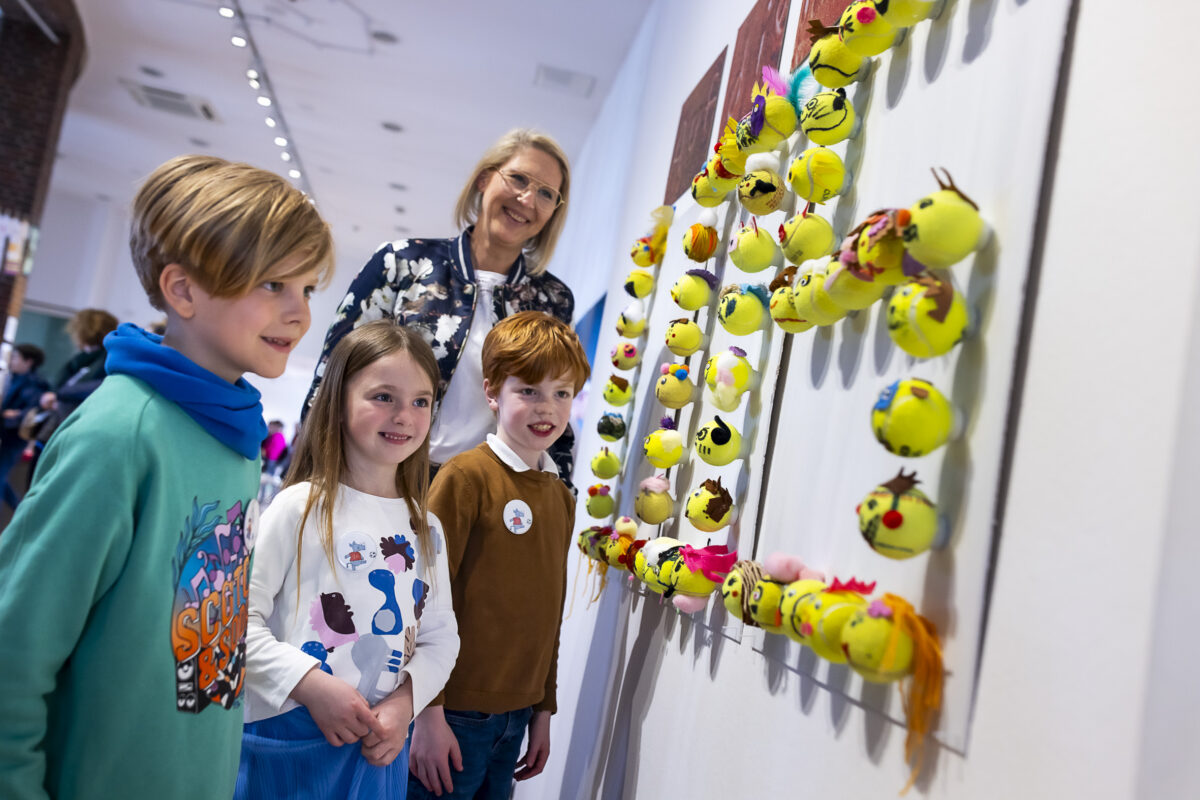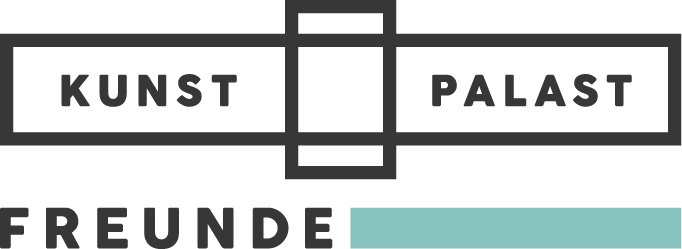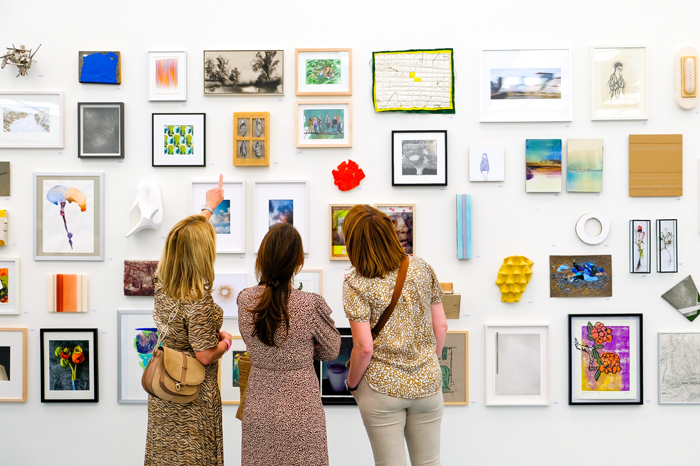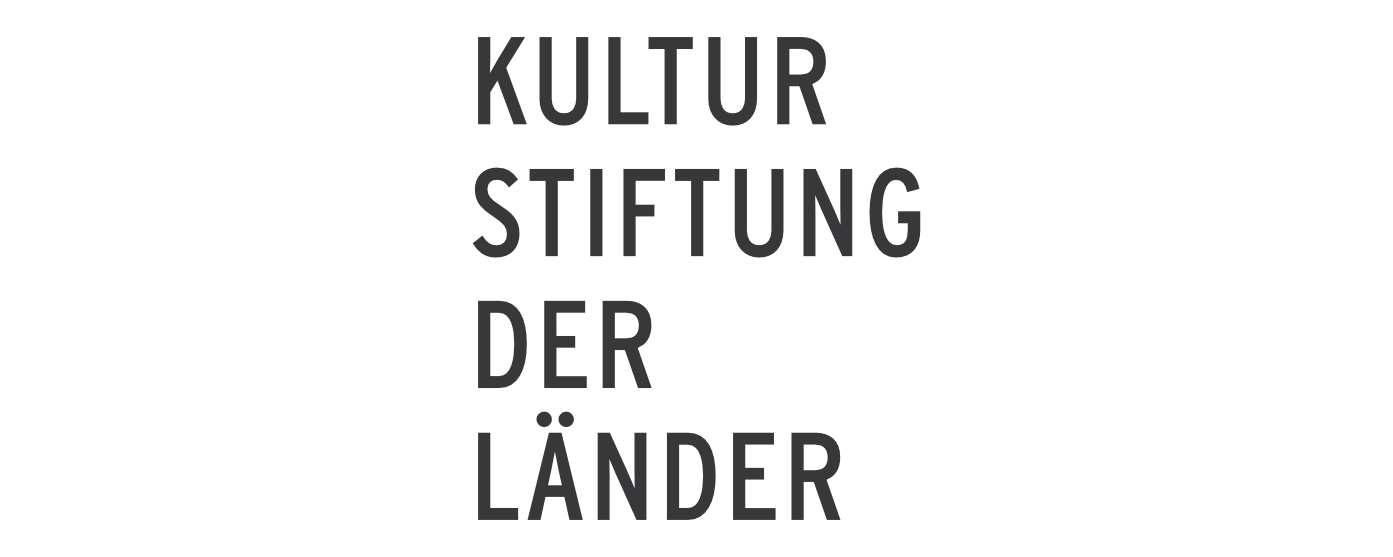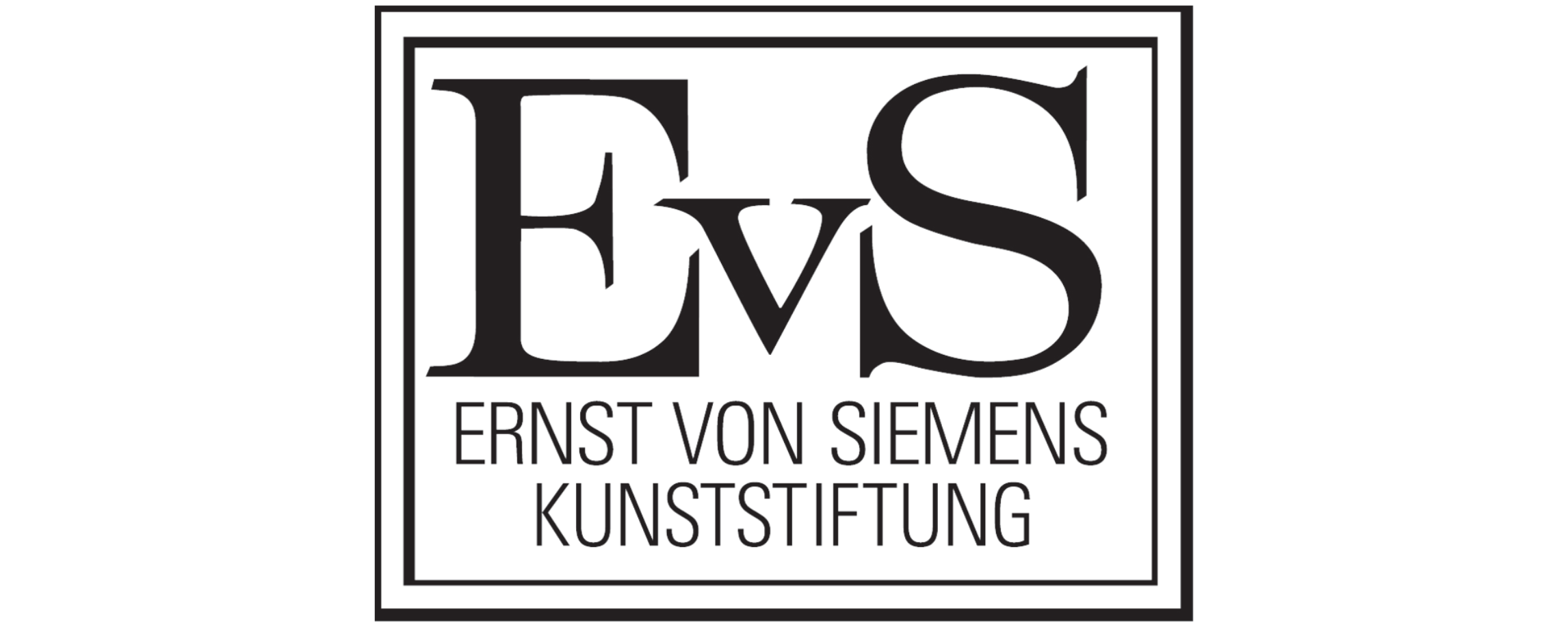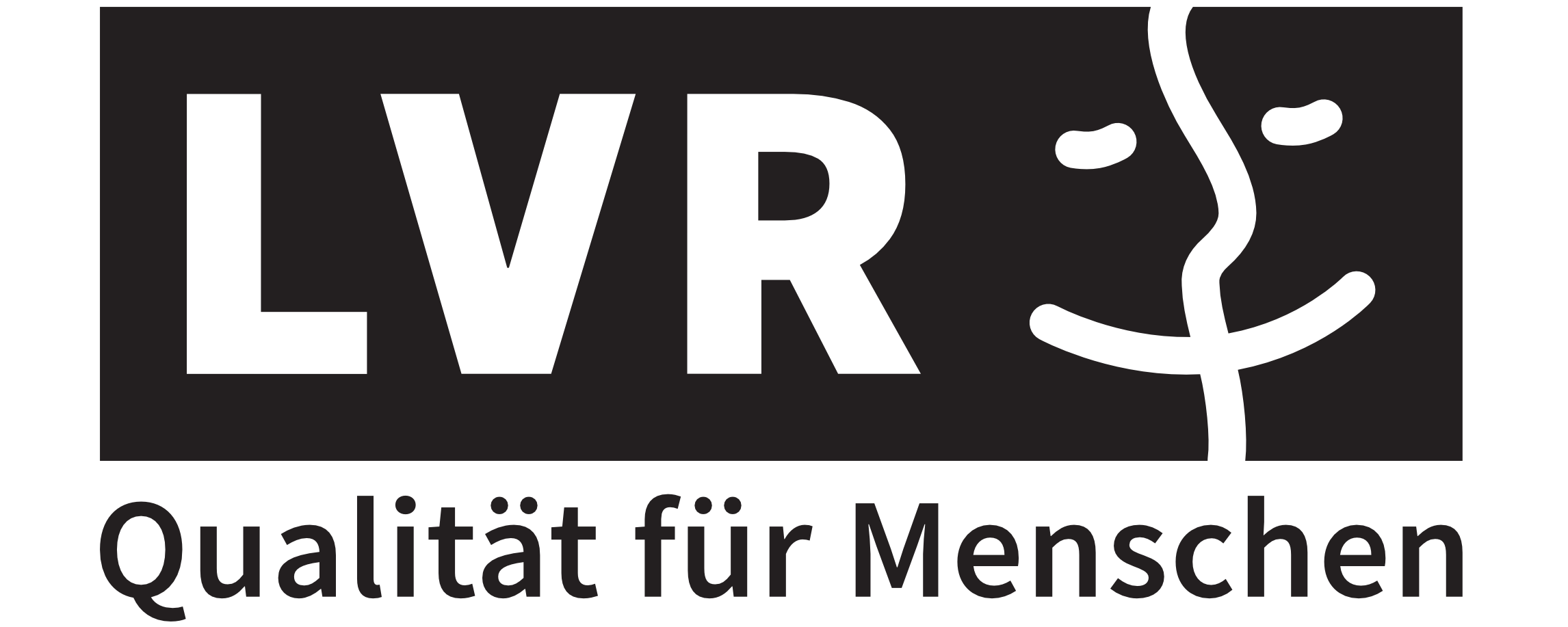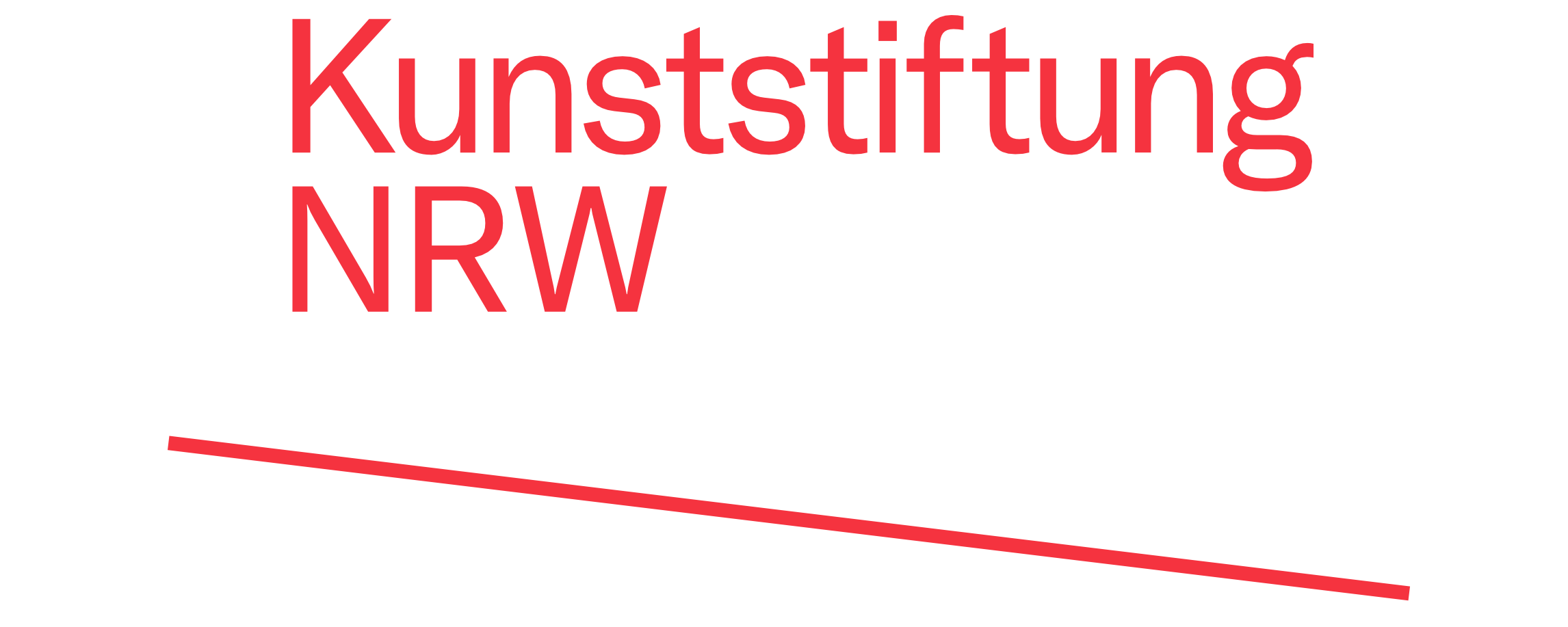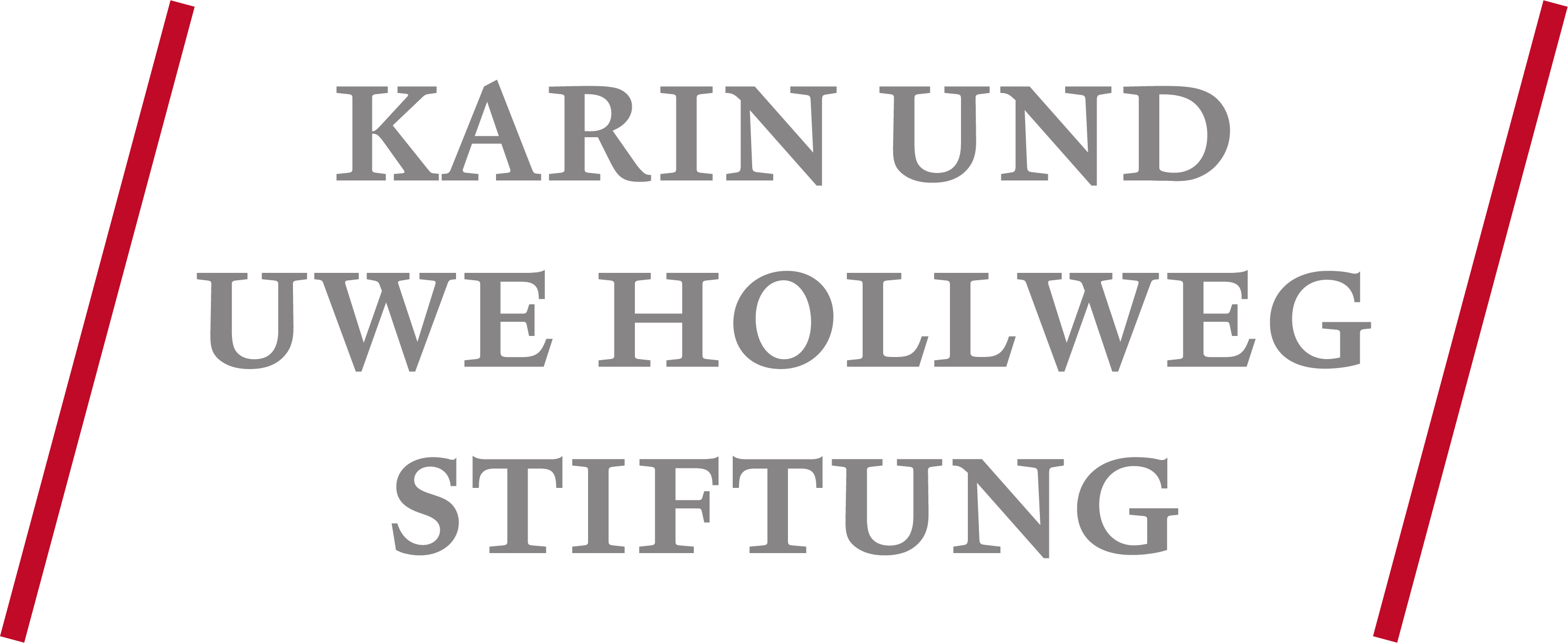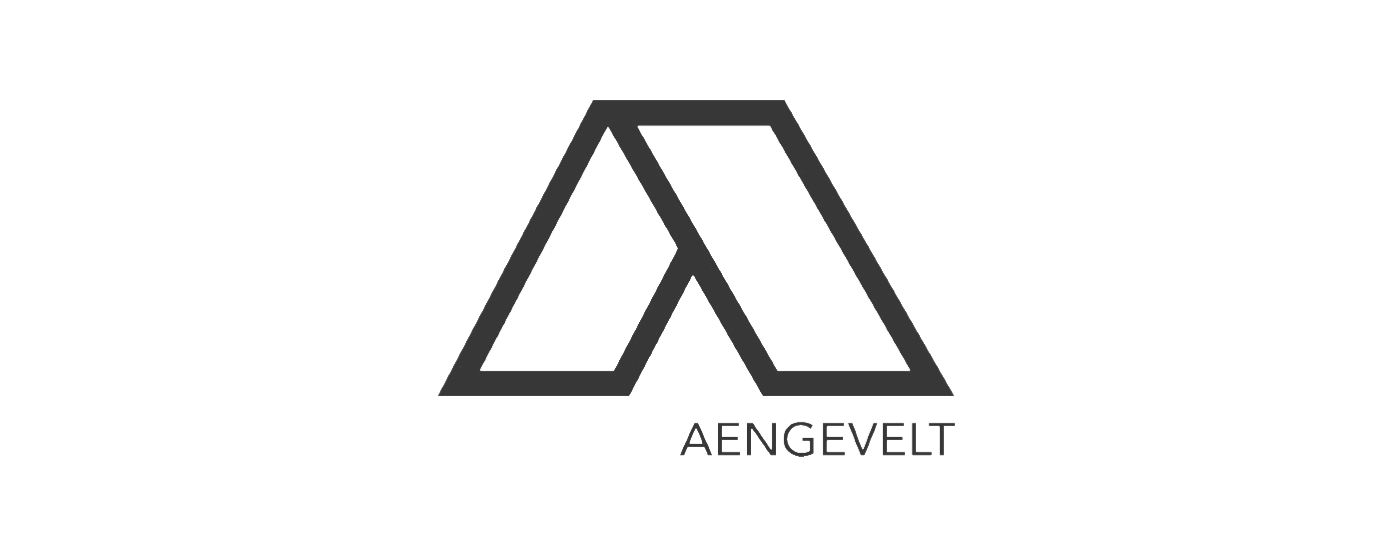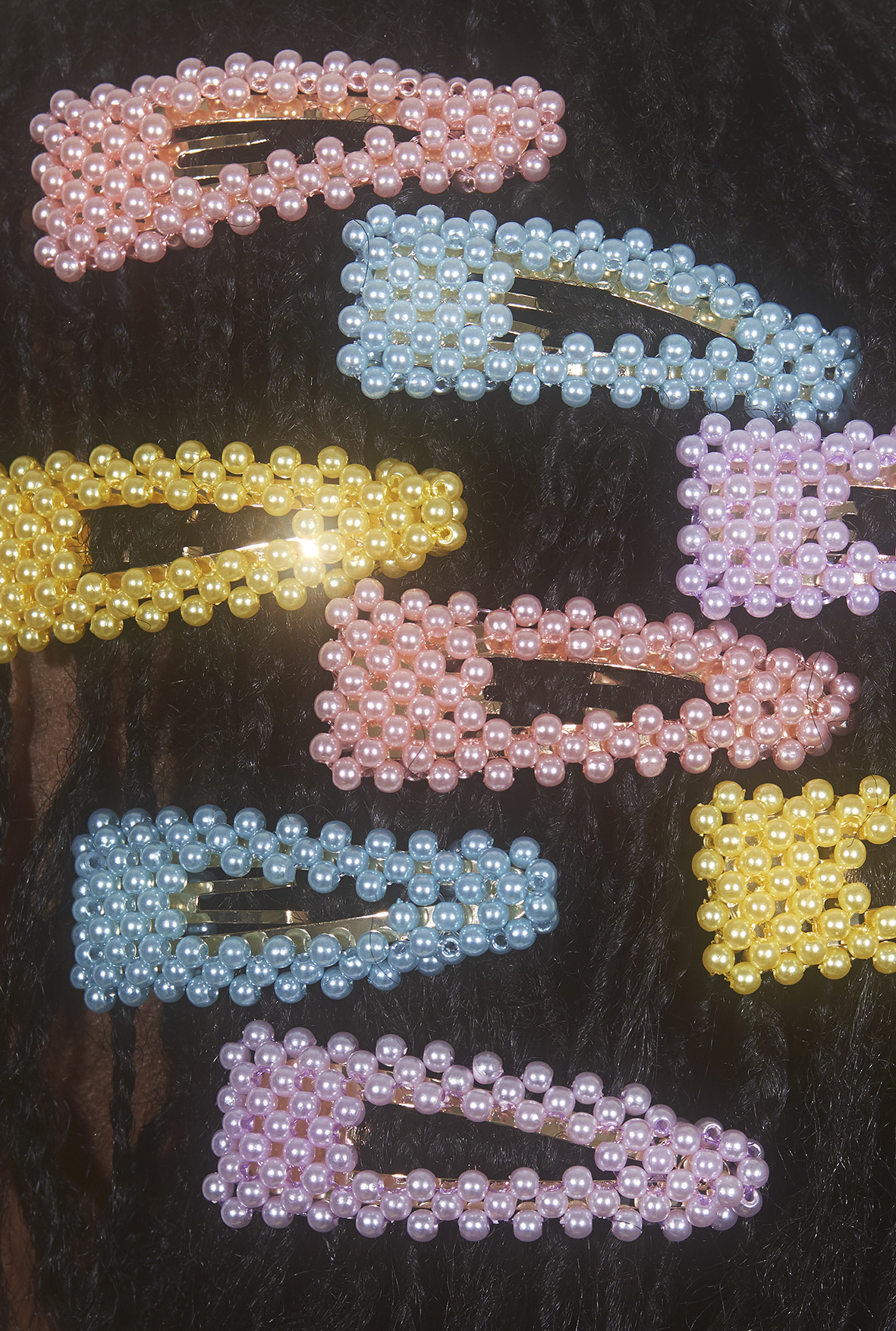Monet – Cézanne – Matisse
The Scharf Collection
12 Mar – 16 Aug 2026
Date
12 Mar – 16 Aug 2026
Location
» KunstpalastAdmission: 16 € / concessions 12 €
Children / young people under 18: free
Members of Friends of the Kunstpalast: free
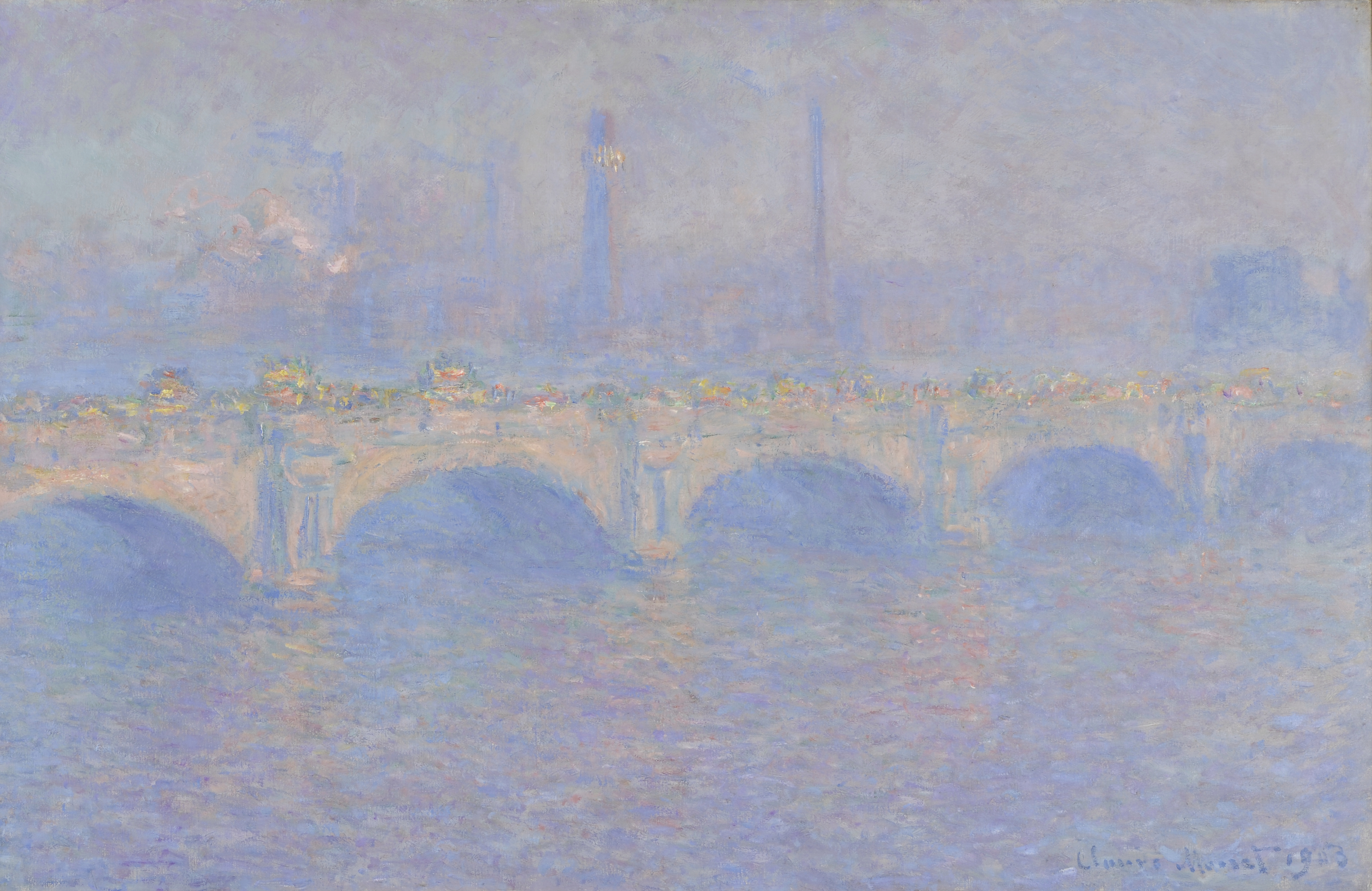
It continues the fourth generation of a branch of the renowned Otto Gerstenberg Collection in Berlin, which encompasses everything from the beginnings of modernism, represented by Francisco de Goya, to the French avant-garde of the second half of the nineteenth century, represented by Gustave Courbet, Edgar Degas and the entire graphic oeuvre of Henri de Toulouse-Lautrec.
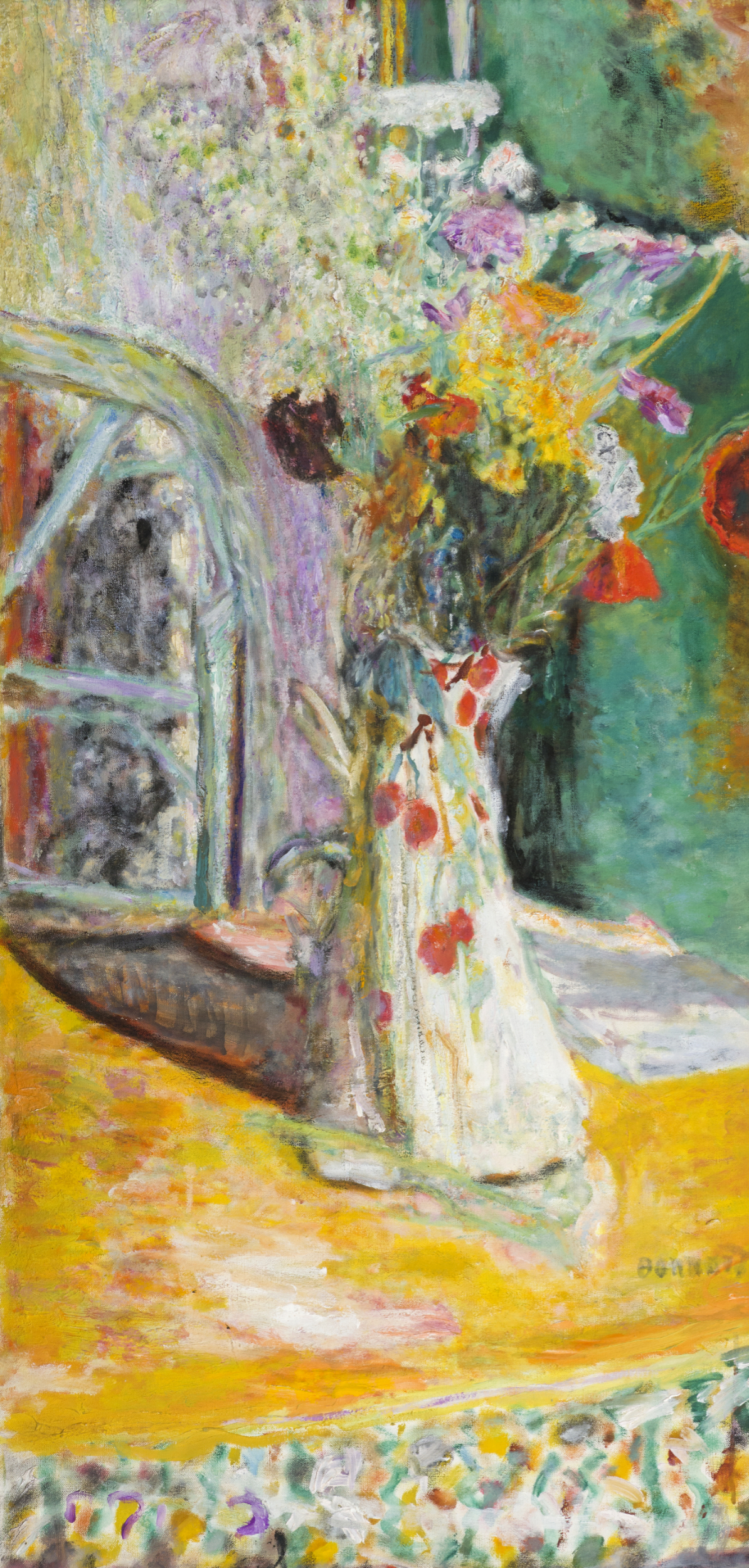
Despite many wartime losses, Gerstenberg’s daughter Margarethe Scharf was able to save the majority of the collection and bequeath it to her two sons Walther and Dieter Scharf.
Following the division of the collection between the grandchildren, Walther Scharf, his wife Eve and son René developed the French focus further and added works by Claude Monet, Paul Cézanne, Pierre Bonnard, Henri Matisse and Pablo Picasso, among others. Today, René Scharf and his wife Christiane Scharf specialise in international contemporary artists, including works by Sam Francis, Daniel Richter and Katharina Grosse. With a particular interest in the boundaries of the medium of painting and the relationship between figurative and abstract pictorial worlds, they have brought the family tradition of collecting into the present day.
An exhibition by the Kunstpalast, Düsseldorf, in cooperation with the Alte Nationalgalerie, Staatliche Museen zu Berlin
Image Credits
Image Credits
Spot On: Chris Reinecke
Art is Necessary
19 November 2024 – 4 May 2025

In her early years, art meant public action for Chris Reinecke (*1936). At the end of the 1960s, the artist, who studied and still lives in Düsseldorf, invited passers-by into her studio or carried out artistic performances on the street in order to reach as many people as possible. This exhibition shows objects, drawings and photos from this period, some of which are being presented for the first time.
Reinecke and her former husband, the artist Jörg Immendorff (1945-2007), rented a room in Pempelfort in 1968 where they organised exhibitions and events such as creative workshops for adults. Shortly afterwards, they founded the “Büro Olympia” in the city centre, which campaigned against the politically motivated promotion of high-performance sports. The place became a focal point for other political groups such as “Mietersolidarität” (“Tenant Solidarity”), which fought for rent control.
In her 1970 manifesto “Kunst Muss Sein” (“Art Is Necessary”), Reinecke explained her understanding of art as a democratic medium that should be open to all. In 2023, she donated a collection of early works to the Kunstpalast that visualise this way of thinking.
Curator: Gunda Luyken, Head of the Department of Prints and Drawings, Kunstpalast &
Claudia Petersen, Head of Prints and Drawings Study Room, Kunstpalast
Bildnachweise
Bildnachweise
DIE KLEINE (The little One) 2025
Art Competition for Elementary Schools
10 May – 9 June 2025
Date
10 May – 9 June 2025
Location
» KunstpalastAdmission: free / concessions free
Children / young people under 18: free
Members of Friends of the Kunstpalast: free
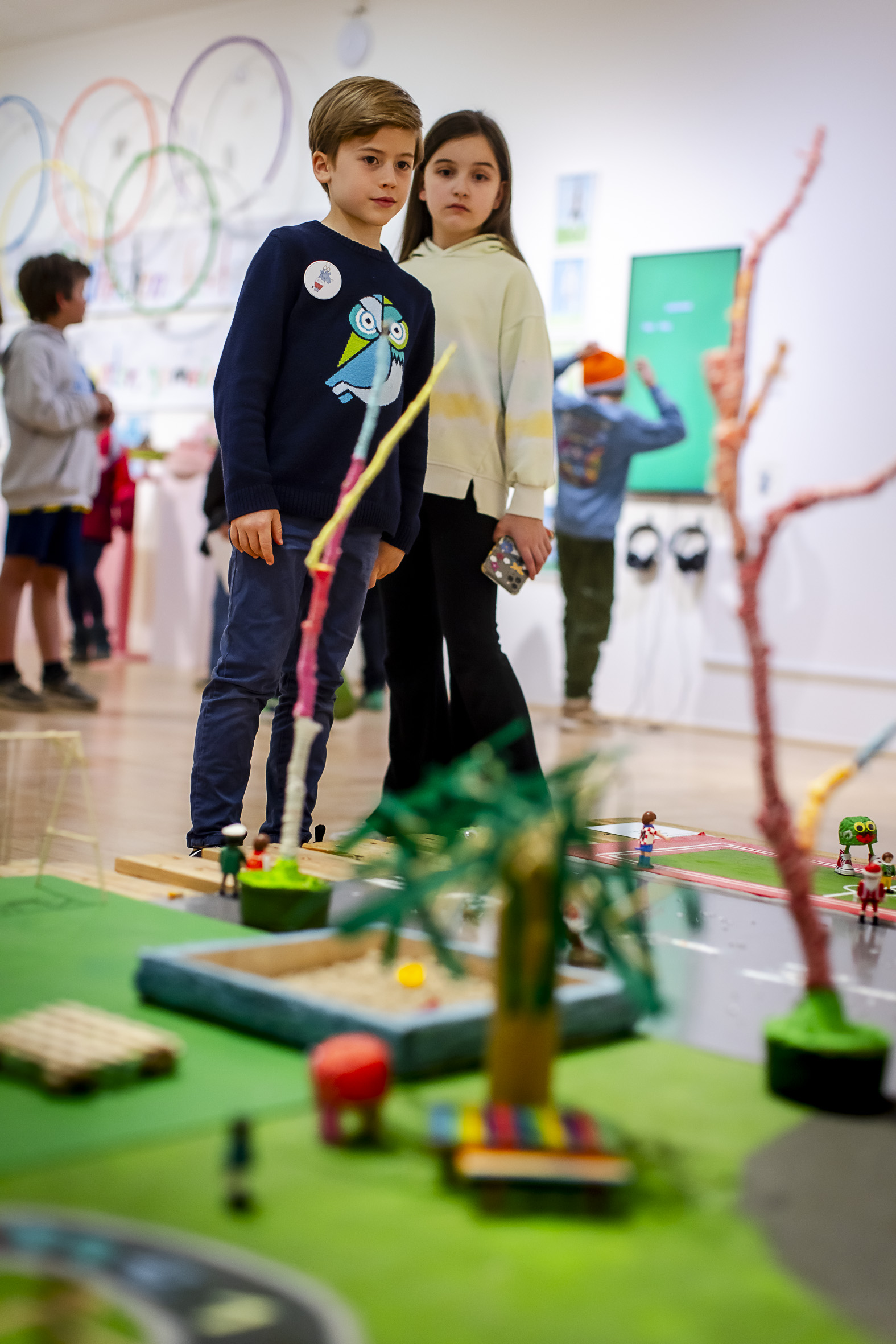
DIE KLEINE (The little One) is the final exhibition of the art competition for elementary school, which has been taking place since 2019. The competition is aimed at all elementary school in Düsseldorf and the surrounding area and aims to give young pupils the opportunity to get creative and experience the museum as an extracurricular place of learning.
The children are free to design their works of art and choose the medium – anything is possible, from pictures to collages, objects or photos to films. All submitted works will be presented in the final exhibition.
DIE KLEINE is under the patronage of Mayor Dr. Stephan Keller.
Curator: Friederike van Delden, Kunstpalast
Date
29 June – 3 Aug 2025
Location
» Kunstpalast & NRW-ForumAdmission: 16 € / concessions 12 €
Children / young people under 18: free
Members of Friends of the Kunstpalast: free
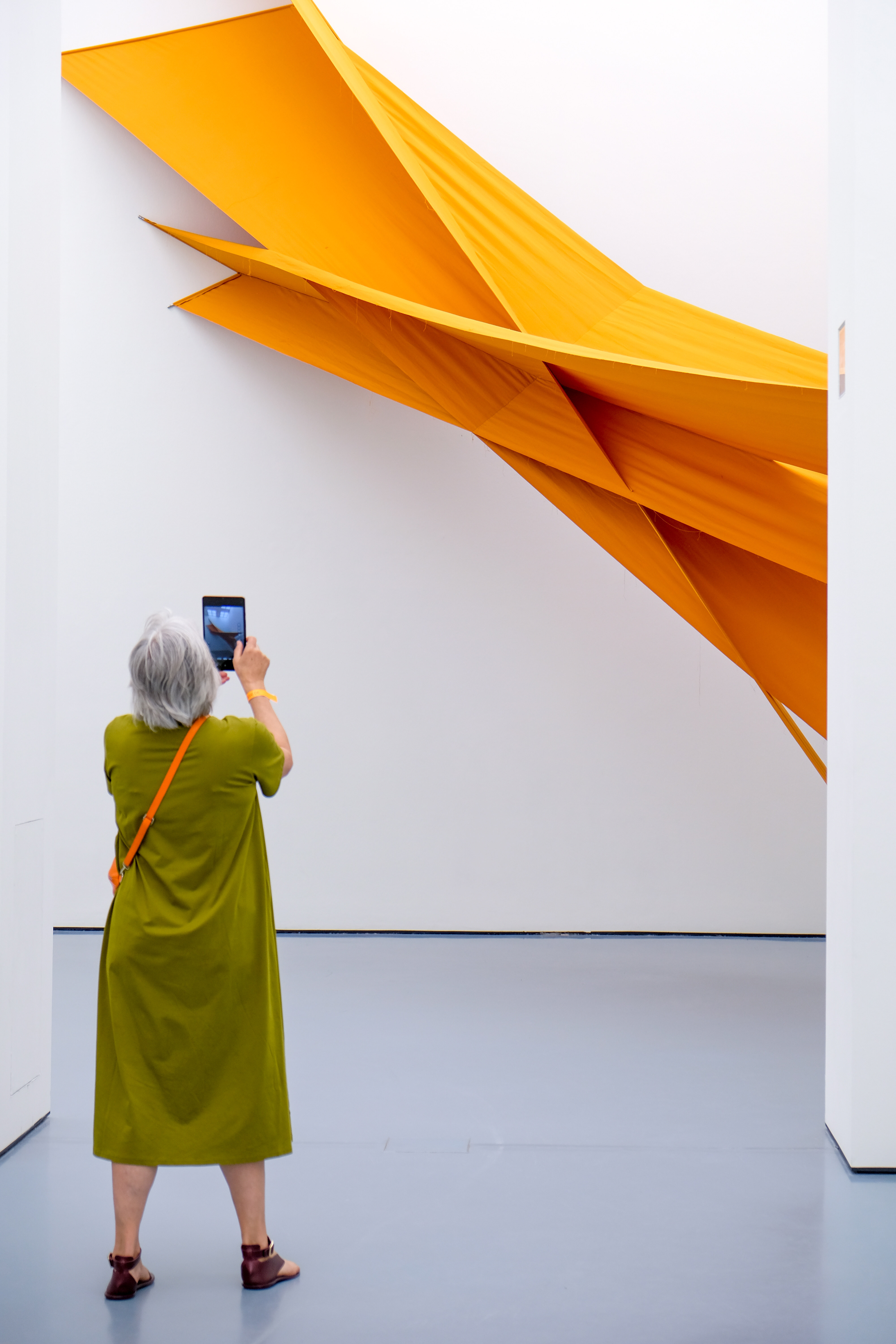
In 2025, NRW-Forum, Kunstpalast, and Ehrenhof will once again host Germany’s largest exhibition organised by artists for artists. Outdoor sculptures will create a visual link between the two well-known art institutions in Düsseldorf.
Since 1902, the Verein zur Veranstaltung von Kunstausstellungen e.V. (Association for the Organisation of Art Exhibitions) has provided a unique platform for the exchange of ideas between artists, art enthusiasts and art buyers.
Visitors have the opportunity to purchase works directly on site, bypassing the gallery. The selection of participating artists is made each year by a rotating jury from a pool of numerous applications. Featured works include those in painting, photography, printmaking, sculpture, installation and video.
Opening: 28 June 2025
Organization: Verein zur Veranstaltung von Kunstausstellungen e.V.
Women Artists!
From Monjé to Münter
25 September 2025 – 1 February 2026
Date
25 September 2025 – 1 February 2026
Location
» KunstpalastAdmission: 16 € / concessions 12 €
Children / young people under 18: free
Members of Friends of the Kunstpalast: free

There have been female artists ever since there have been artists. Their visibility is linked to many, often local, conditions.
The exhibition presents 30 selected female artists who were active in Düsseldorf at a time when they were not allowed to study at the renowned art academy. Under these circumstances, pursuing a career as an artist required not only the financial means for private tuition but also a great deal of willpower. Although some women artists were astonishingly present in their time – including Elisabeth Jerichau-Baumann, Marie Wiegmann and Paula Monjé – almost all of them are forgotten today. They are comparatively little represented in public collections, such as that of the Kunstpalast, and many of the works shown in this exhibition are being presented to the public for the first time since the 19th century.
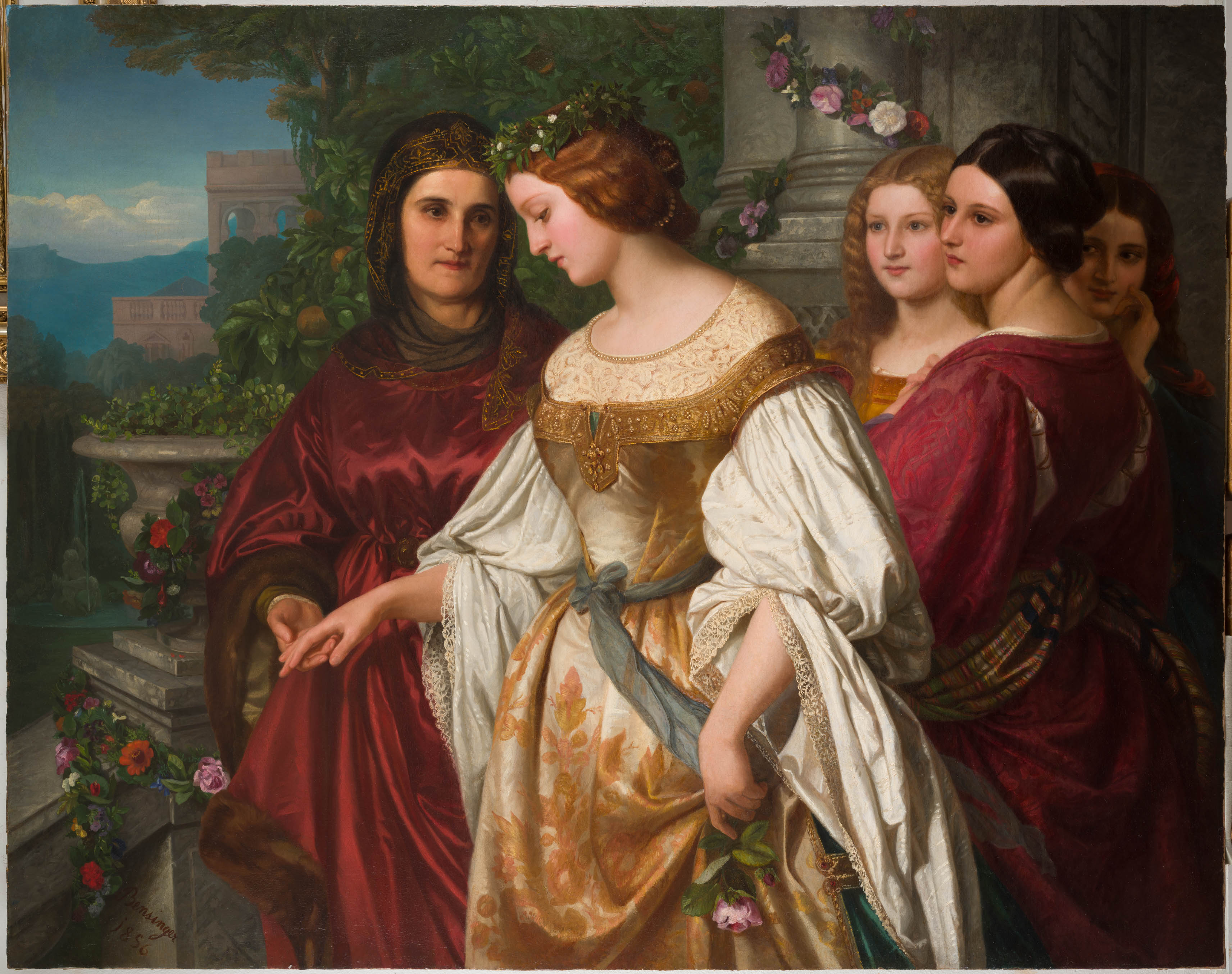
The show provides an overdue “second look” and thus fundamentally expands our understanding of the art of the 19th and early 20th centuries. It adds an important chapter to art history that has been overlooked for far too long and makes it clear that art history is incomplete without the influence of women artists.
The partner of the international exhibition and one of the lenders of the works of art is the Ateneum Art Museum, Finnish National Gallery, Helsinki, which stage a first version of the exhibition in spring 2025.
Curator: Kathrin Dubois, Head of the Painting Gallery Collection, Kunstpalast
Picture Credits
Picture Credits
Hans-Peter Feldmann.
Art exhibition
18 September 2025 – 11 January 2026
Date
18 September 2025 – 11 January 2026
Location
» KunstpalastAdmission: 16€ / concessions 12€
Children / young people under 18: free
Members of Friends of the Kunstpalast: free
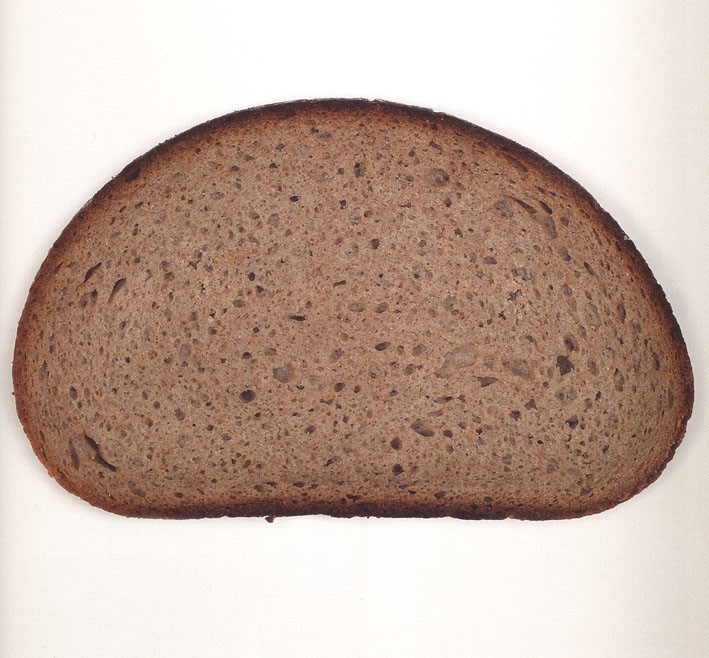
What is art? Where does it begin and end? Who decides what art is? What makes an artist? These fundamental questions are at the heart of the work of Hans-Peter Feldmann (1941–2023), who is the subject of an extensive exhibition at the Kunstpalast in autumn 2025. The artist’s central themes were already evident in his early works and appear throughout his oeuvre: everyday life, social clichés, voyeurism, private and public spheres, the formation of taste, humour and satire, dreams and projections. From the very beginning of his career, Feldmann also systematically employed strategies of artistic appropriation, alienation and recontextualisation.
Comprising around 120 exhibits, the presentation clearly demonstrates the breadth of Feldmann’s oeuvre, from his early photographs from the 1970s to his sculptures using everyday objects, expansive installations and his more recent works, which will be on display in Düsseldorf for the first time. This is the first retrospective after Hans-Peter Feldmann’s death in May 2023 and the final exhibition in which he was actively involved
Curator: Felicity Korn, Head of the 20th and 21st Century Collection, Kunstpalast
Picture Credits
Picture Credits
Mythos Murano
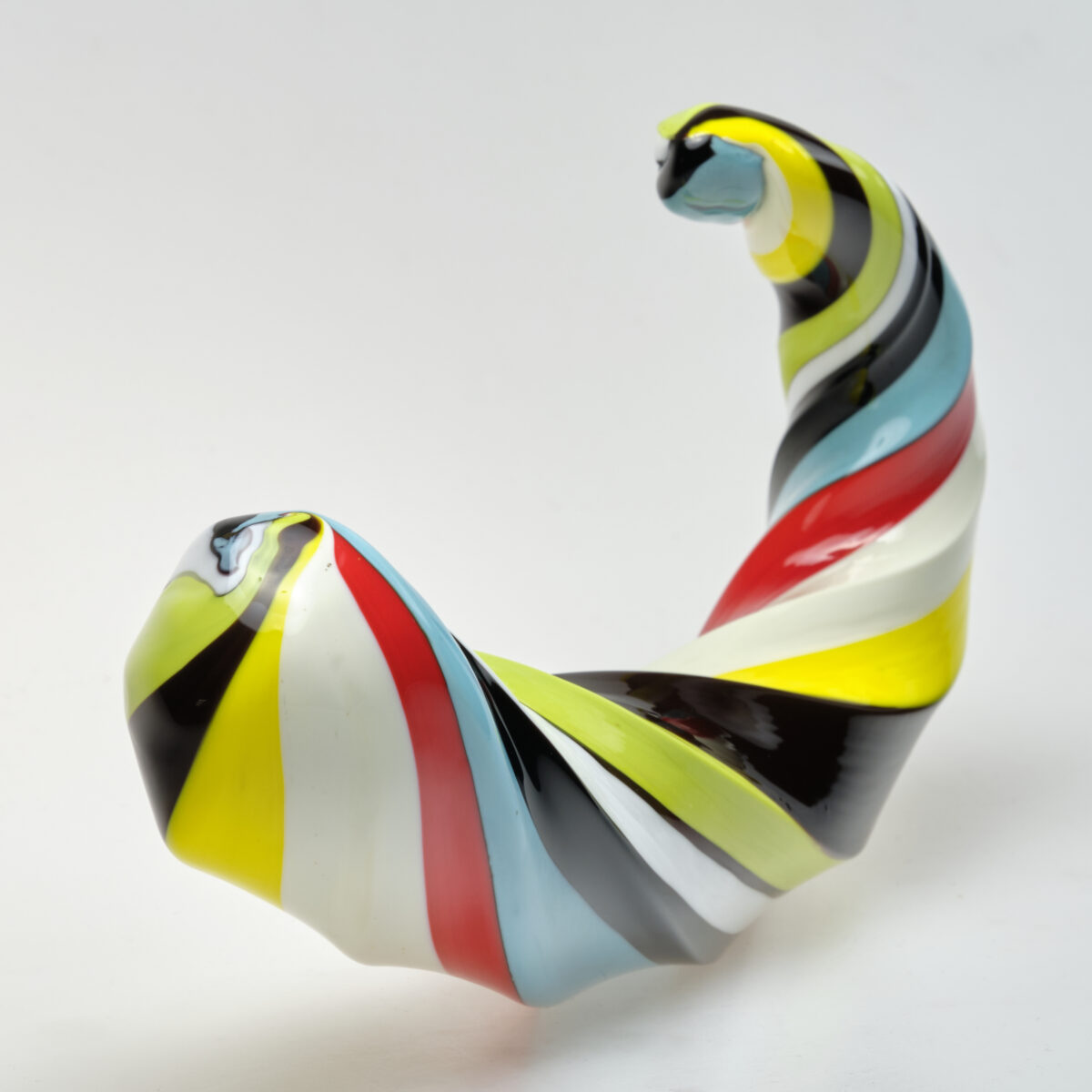
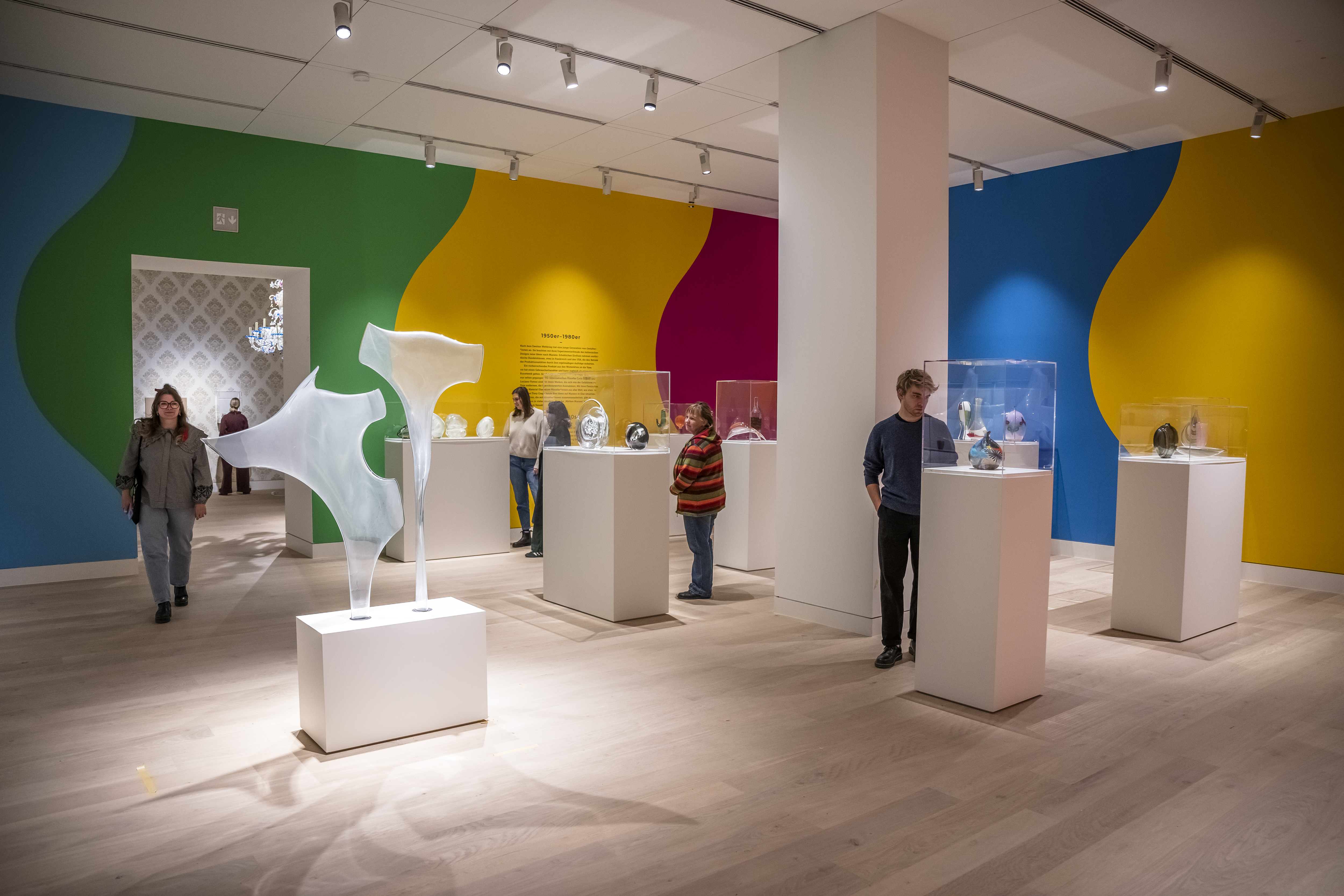
In a newly created exhibition area of our glass collection, annually changing themed exhibitions will be shown from now on. It all starts with The Murano Mythos: For 700 years, the small lagoon island of Murano near Venice has been the epitome of great glass art.
Ancient glassmaking traditions are preserved here and secrets of new colors and production methods are kept. The last great heyday was from 1920 to 1970, and the legend of Murano still lives on today. The Kunstpalast has an extensive collection from this period, from which 135 outstanding works are presented.
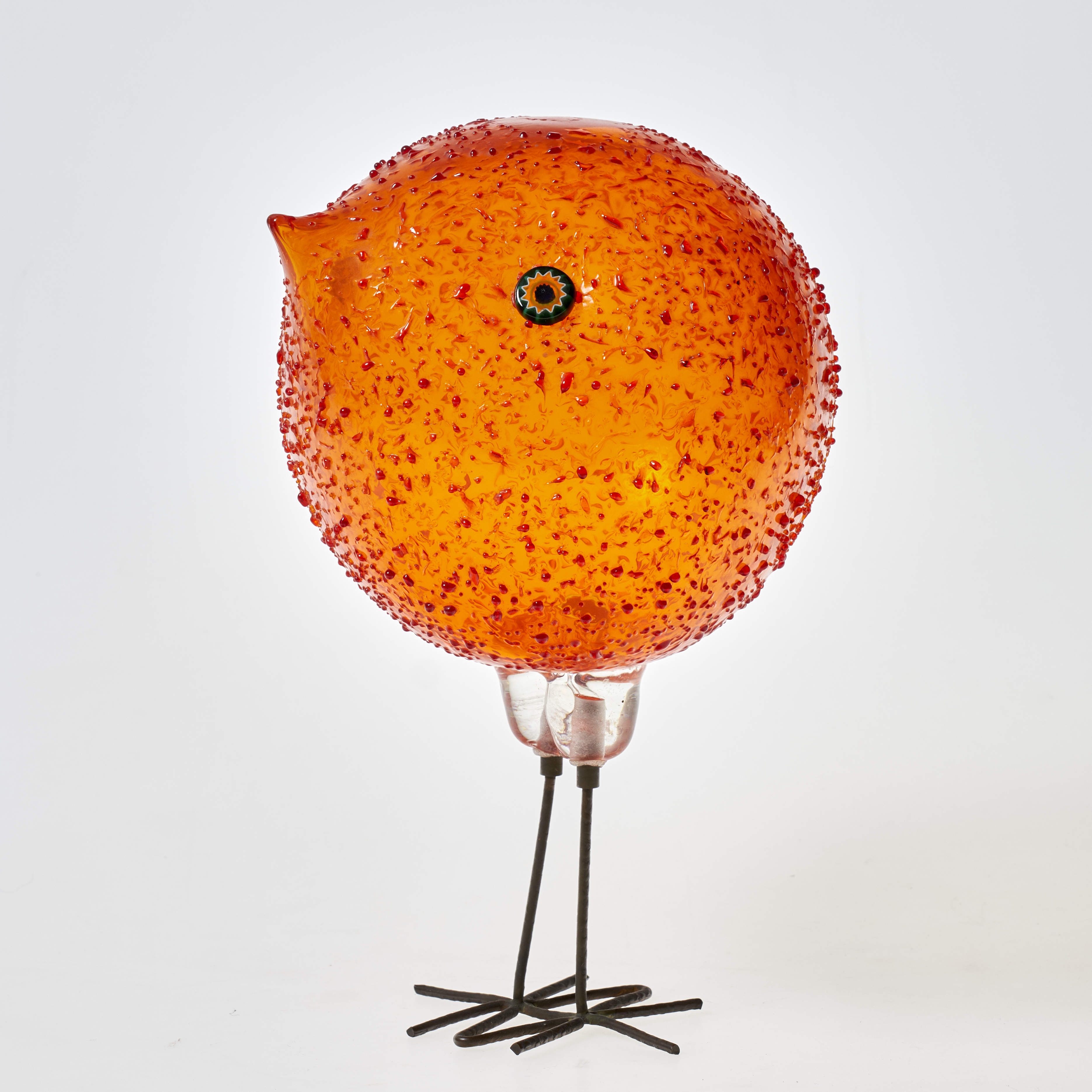
From the 13th century onwards, Venice developed into the global capital of glass art. The best raw materials were available in the port and trading metropolis, enabling the production of new types of glass. Competition in a confined space and over many generations led to the development of an expertise in the use of the glassmaker’s pipe that was unmatched elsewhere.
After 500 years of ups and downs, the 19th century saw a new dawn. The workshops of the Italian lawyer and entrepreneur Antonio Salviati brought new life to glass production, and Murano regained its reputation in the 1870s.
This success was short-lived, as Italian glass, which was based on historical models, was no longer in line with contemporary tastes from around 1890. In 1921-1925, a new glass company was founded by the Venetian art dealer Giacomo Cappellin and the Milanese lawyer Paolo Venini. Their products take up forms from the past and yet appear timelessly modern.
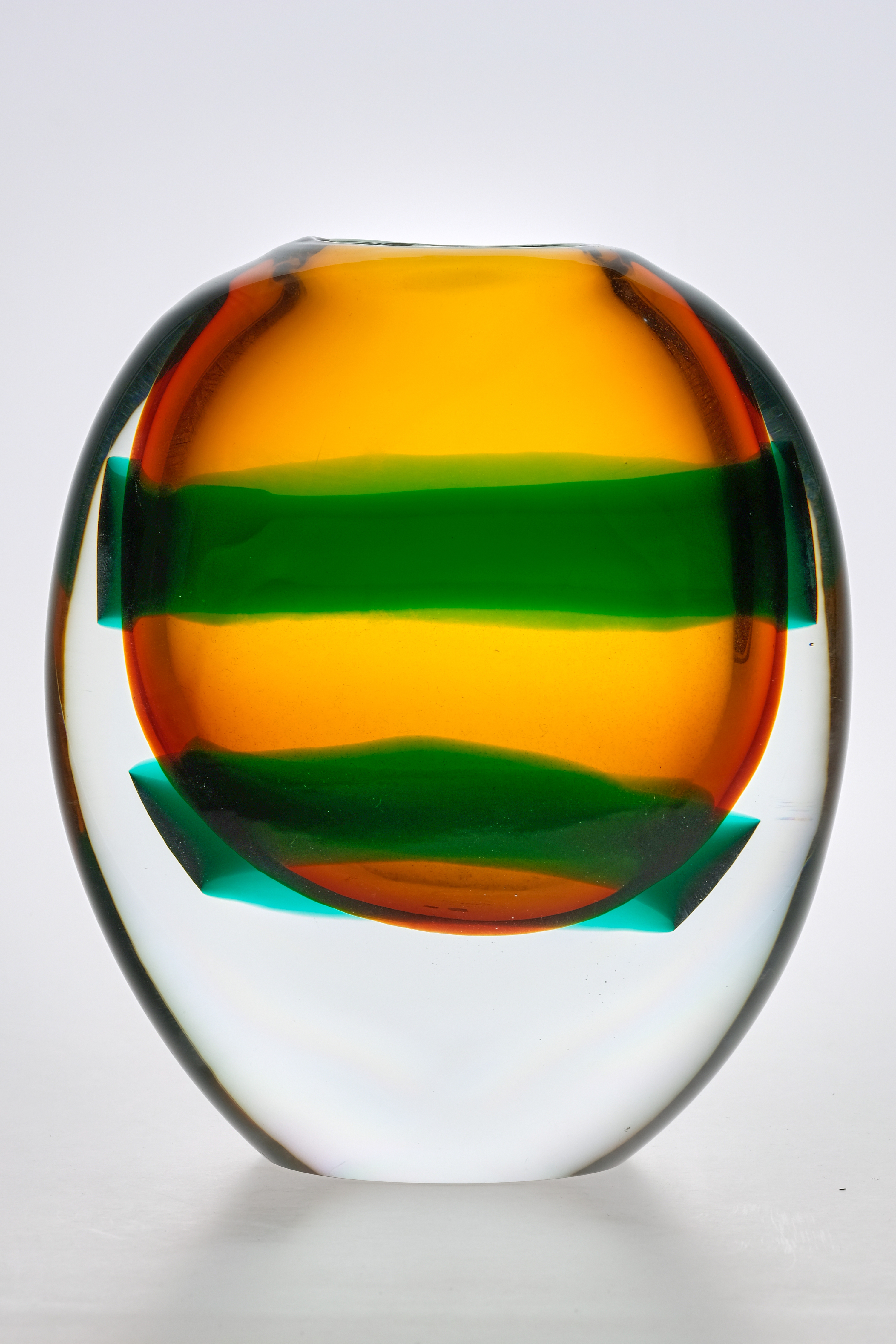
After the Second World War, a young generation of designers emerged. With their love of experimenting with Italian design, they brought new ideas to Murano. Foreign trading houses, for example in France and the USA, exerted considerable influence, securing the operation of the production facilities through their regular orders.
A predominant product from the workshops is the vase, which has a utilitarian character and can also be considered a work of art in its own right.
The step towards free artistic sculpture was rarely taken. The Venetian artists Livio Seguso and Luciano Vistosi are the notable exceptions with their works that move away from the vase form. With their fascination for glass as a material, artists from all over the world, such as the sculptor Tony Cragg, are now turning their ideas into glass on Murano.
There are now workshops that work with artists in many countries. But “The Murano Mythos” still attracts visitors to Venice.
Curator: Dedo von Kerssenbrock-Krosigk, Kunstpalast
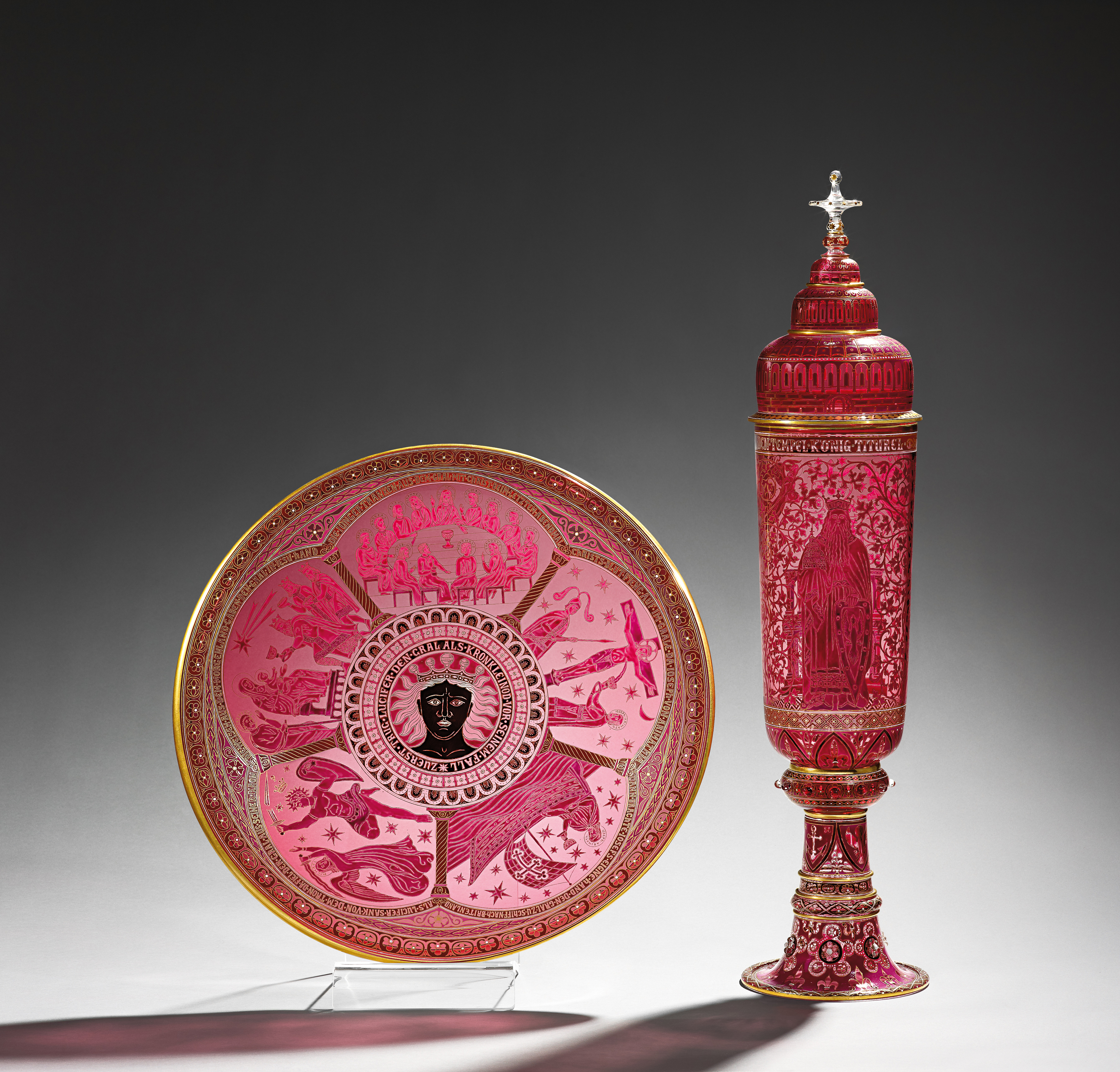
Reopening of the glass collection
Following extensive modernization, one of the world’s largest glass collections is on display again: Over 1,500 exhibits from the collection of around 13,000 objects will provide an insight into the history of glass art – starting with antiquity, through the Middle Ages to contemporary glass objects.Learn more
Picture Credits
Picture Credits
Date
12 Mar – 3 Aug 2025
Location
» KunstpalastAdmission: 16 € / concessions 12 €
Children / young people under 18: free
Members of Friends of the Kunstpalast: free
The Kunstpalast is dedicating a comprehensive exhibition to the manifold ideas of what it means to have, become or be a mother.
Book Tickets
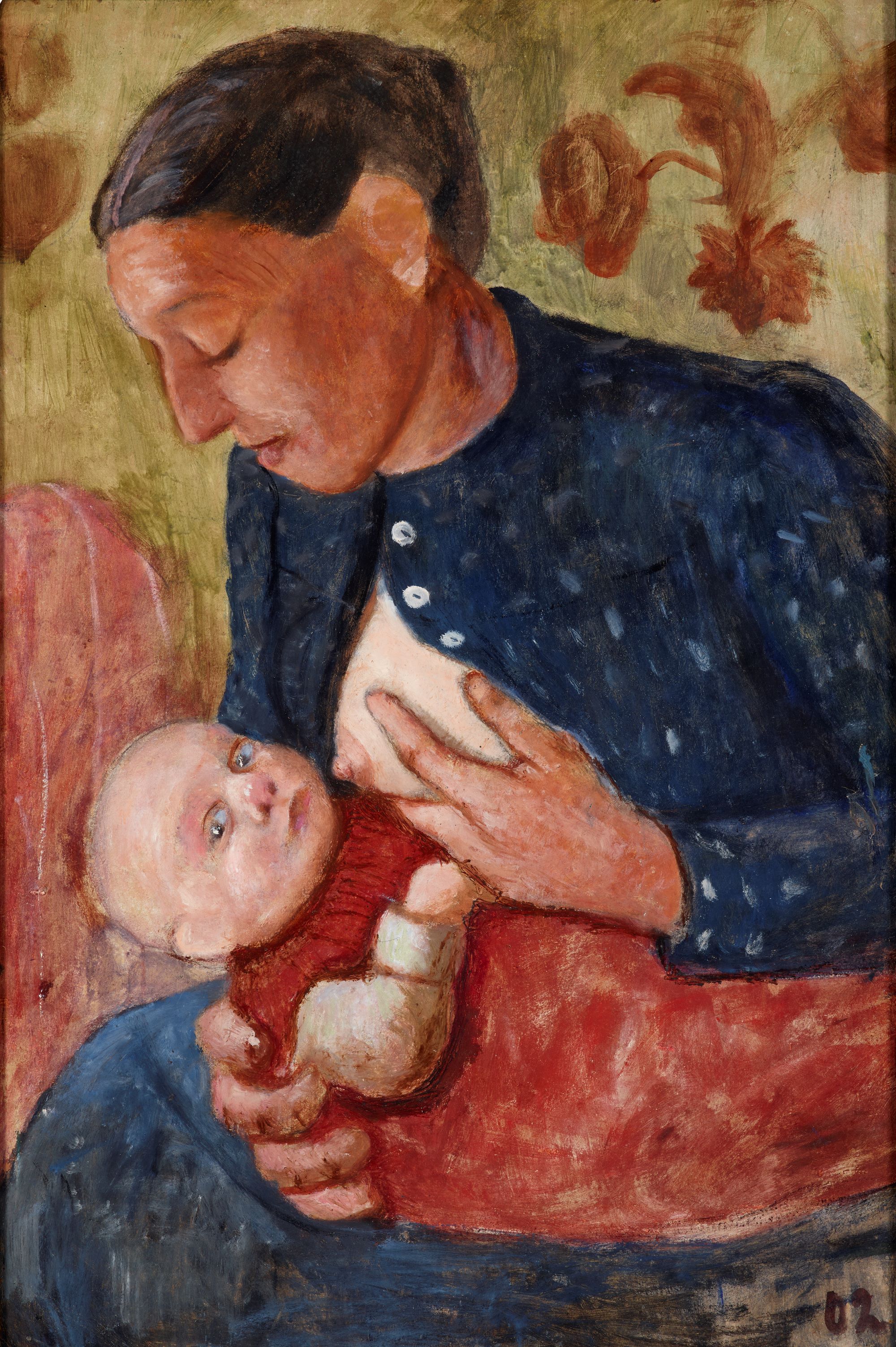
The focus is on the societal expectations that have always influenced motherhood and are reflected in art, culture and everyday life. The approximately 120 works on display from the fourteenth century to the present day create a panorama that involves everyone, including fathers and those without children of their own.
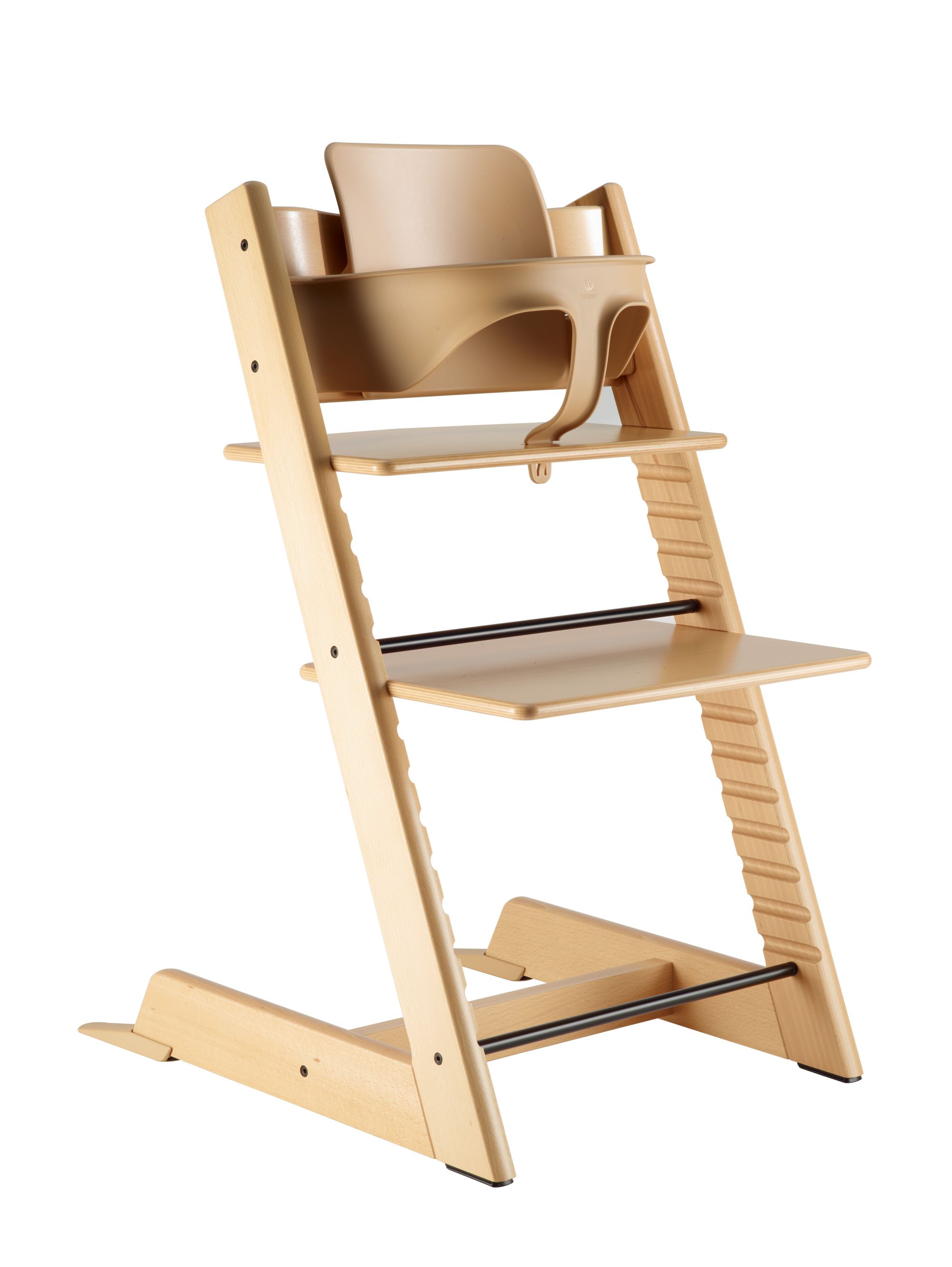
In addition to painting, sculpture, video installations and photography, the broad spectrum of the show also encompasses everyday objects as well as music and commercial images. Connections between the works reveal continuities, but also the versatility of depictions of mothers, which are continuously being appropriated, reinterpreted, disputed and celebrated.
Curators: Linda Conze, Westrey Page, Anna Christina Schütz, Kunstpalast
Participatory action
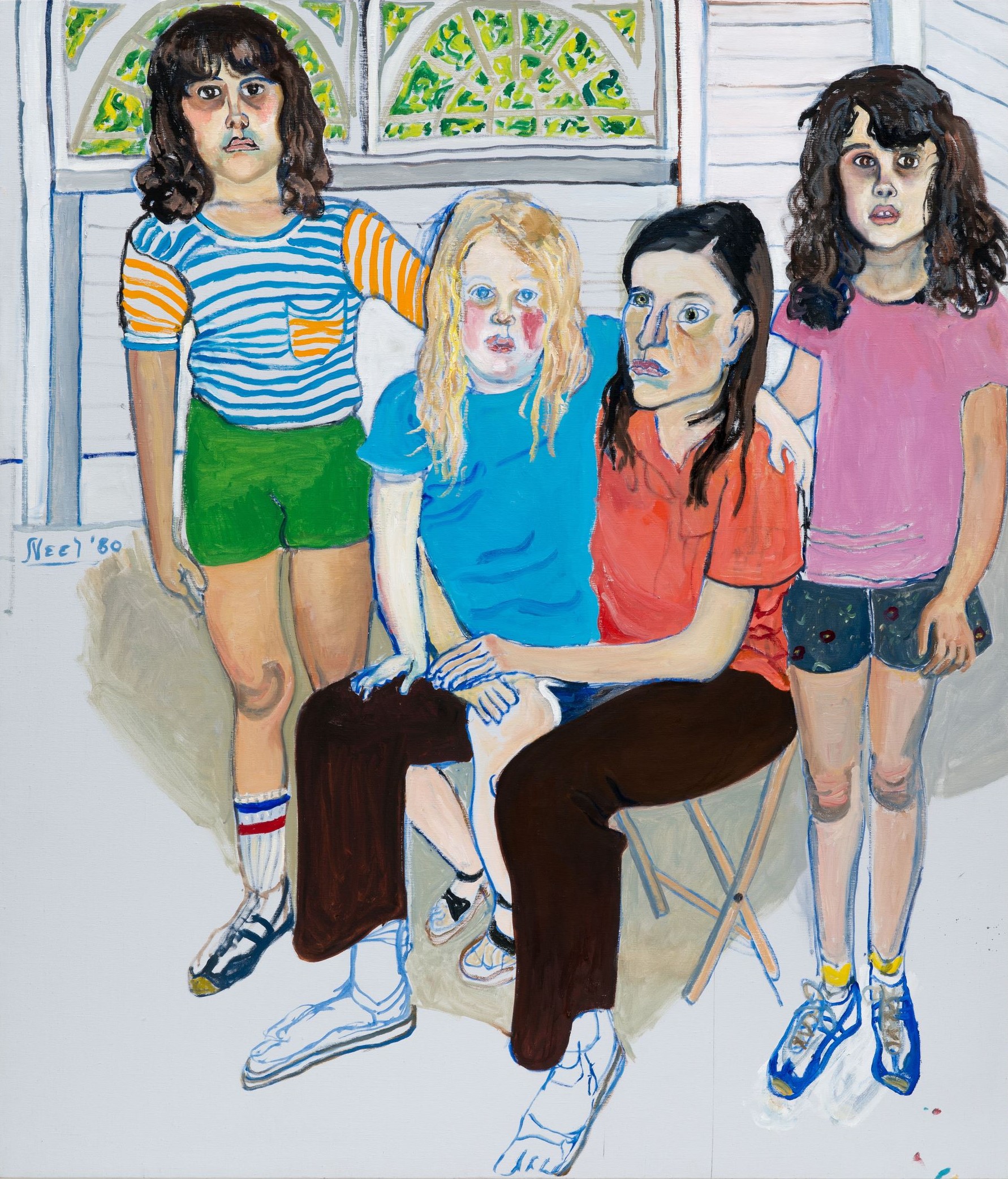
MAMAPHONE
Motherhood has many facets – and the MAMAPHONE has captured numerous voices on the subject.
As part of a participatory campaign, many people sent us their thoughts and experiences on the subject of motherhood by voice message. These voices are now part of a large spatial installation that brings the diversity of this topic to life.
Catalogue about the exhibition
Ed.: Linda Conze, Westrey Page, Anna Christina Schütz | 200 p. | 132 col. ill. | 23.5 x 28.5 cm | German | Hardcover
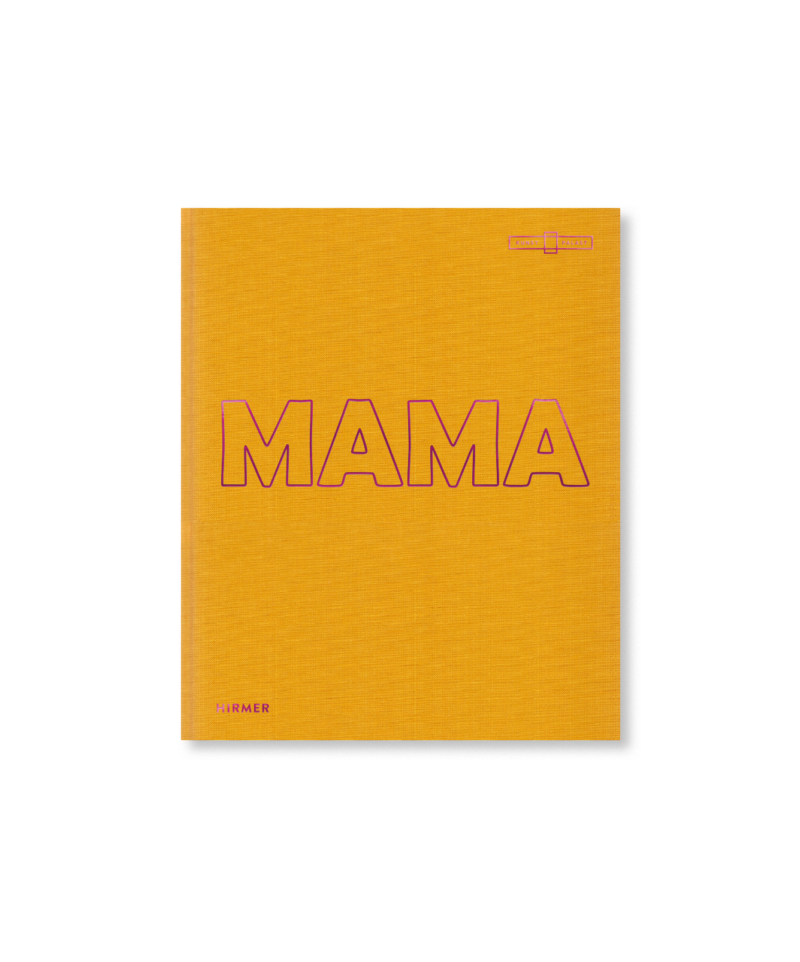
Accompanying programme
Sun 18 May 2025
Visita pública guiada en español / Öffentliche Führung auf Spanisch
15:00
MAMA. From Maria to Merkel
Mon 19 May 2025
Film – Juno
19:00
Filmreihe zur Ausstellung “MAMA. Von Maria bis Merkel”
Mon 9 Jun 2025
Film – I am Mother
19:00
Filmreihe zur Ausstellung “MAMA. Von Maria bis Merkel”
Sat 14 Jun 2025
Türkçe rehberli halk turu / Öffentliche Führung auf Türkisch
15:00
MAMA. From Maria to Merkel
Sun 15 Jun 2025
ママと私 – 大人向けワークショップ Workshop
14:00
MAMA. From Maria to Merkel
Sun 29 Jun 2025
Публічна Екскурсія Українською Мовою / Öffentliche Führung auf Ukrainisch
15:00
MAMA. From Maria to Merkel
Mon 30 Jun 2025
Film – Mamma Mia!
19:00
Filmreihe zur Ausstellung “MAMA. Von Maria bis Merkel”
Picture credits
Picture credits
Testausstellung
Spaß im Spiegelzelt
8 Aug – 11 Aug 2024
Date
8 Aug – 11 Aug 2024
Location
» KunstpalastAdmission: 9 € / concessions 7 €
Children / young people under 18: free
Members of Friends of the Kunstpalast: free
Die Ausstellung gibt den Besuchenden die Möglichkeit, den künstlerischen Prozess Tony Craggs nachzuempfinden und mit allen Sinnen seine Arbeiten zu begreifen.
Jetzt Tickets buchen
Wann möchten Sie die Ausstellung besuchen?
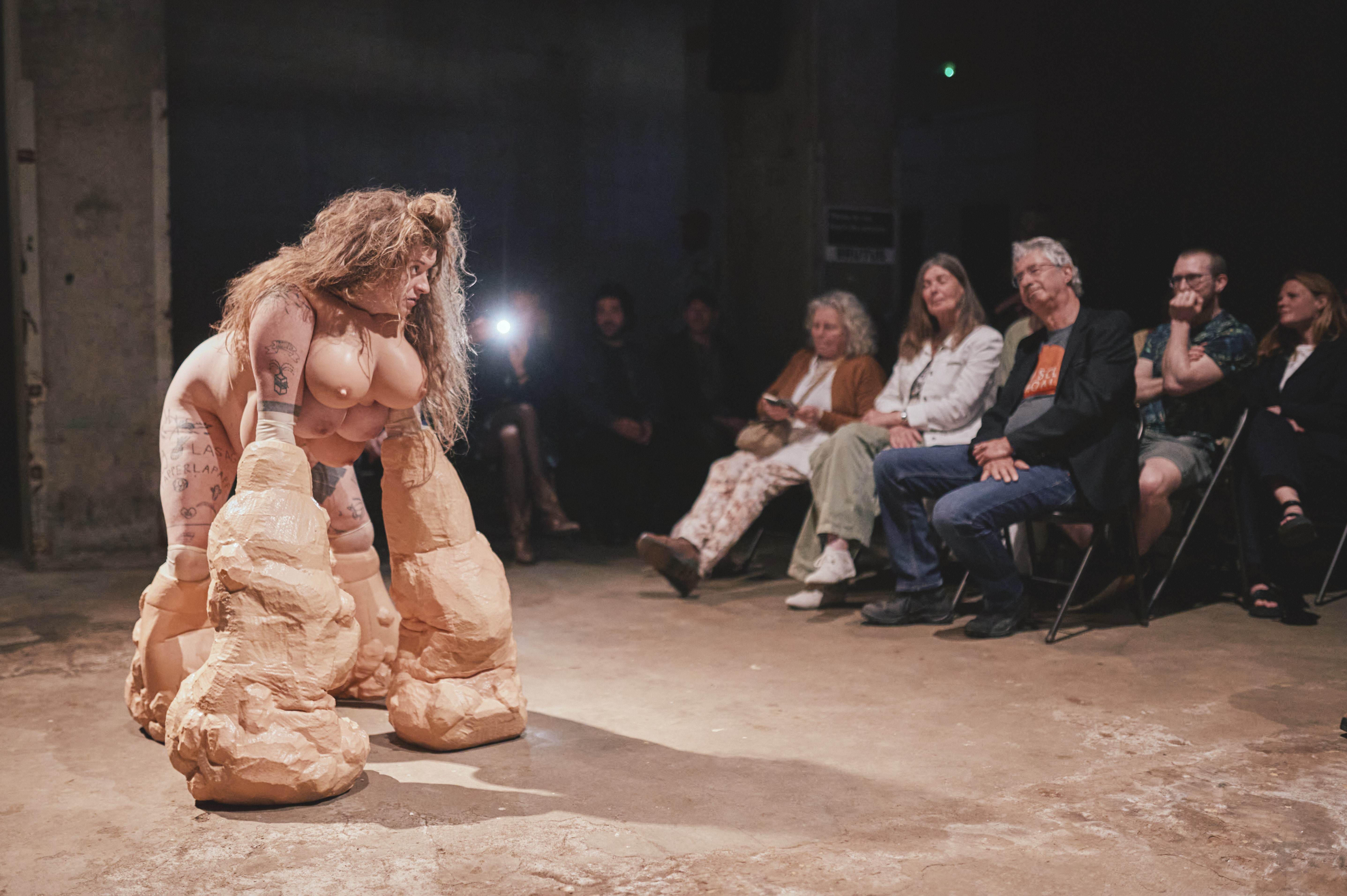
Testblock
gttr2bmfhzrezu
Katalog
Hrsg.: Kunstpalast, Düsseldorf, Westrey Page | 200 S. | 258 meist farb. Abb. | 28,5×23,5 cm | deutsch | Hardcover | Museumsausgabe: 29,80 €
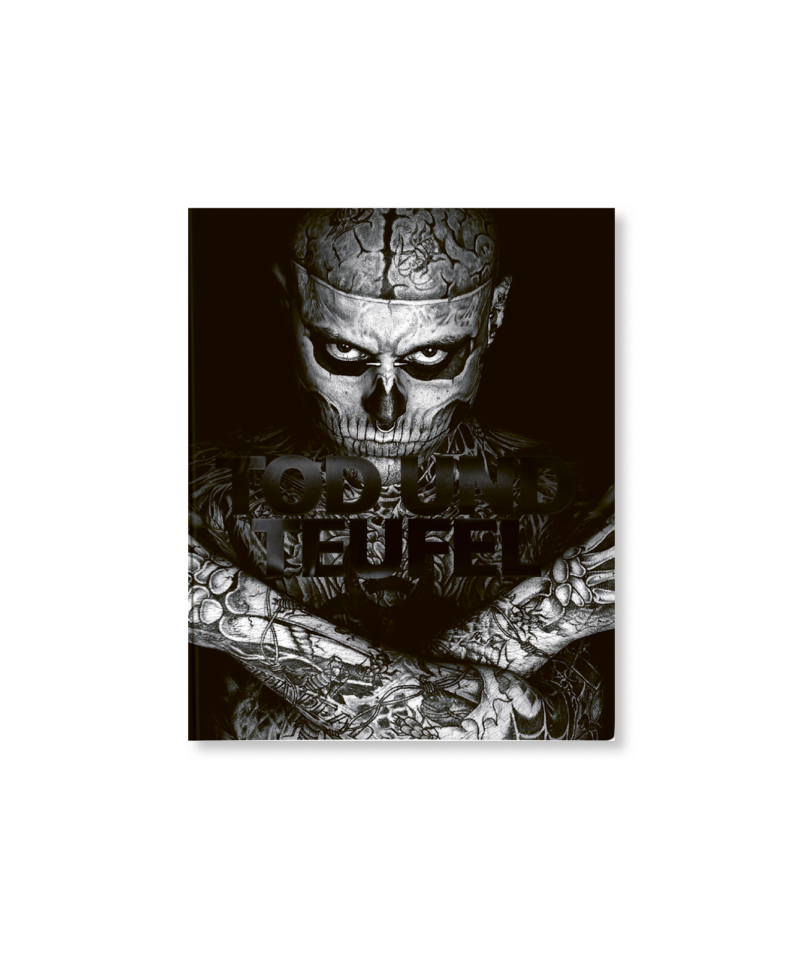
Begleitprogramm
There are currently no events on this topic.
Bildnachweise
Bildnachweise
Date
20 June – 27 Oct 2024
Location
» KunstpalastAdmission: 16 € / concessions 12 €
Children / young people under 18: free
Members of Friends of the Kunstpalast: free
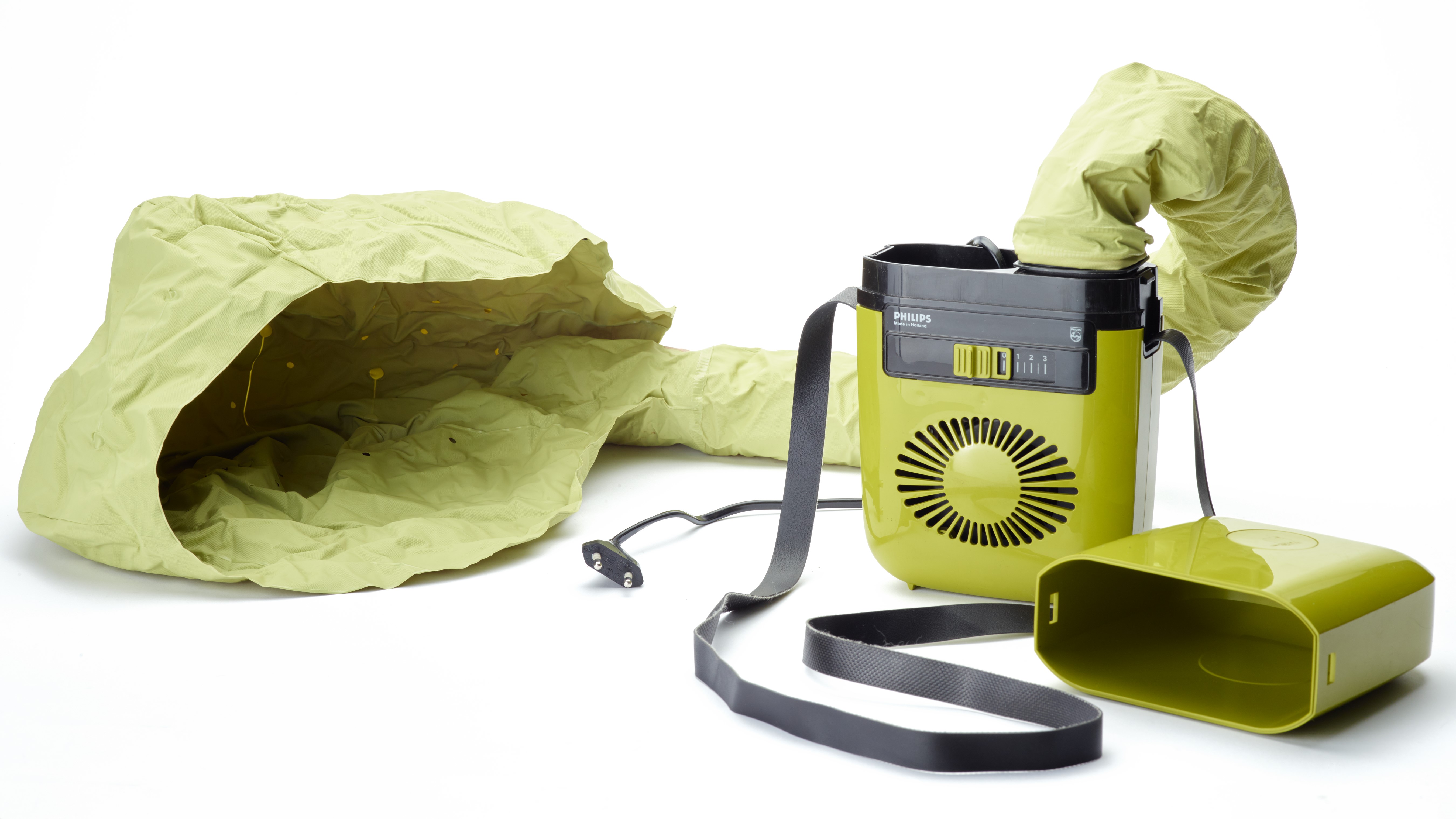
Discover our new exhibition in the Spot On Room of our collection!
Whether short or long, curly, frizzy or straight, tousled, blow-dried or braided: The way that hair is styled tells us something about social status and belonging to societal groups. Cuts and hairdos expose notions of gender and body image of their time. They reflect norms and are an expression of political protest and resistance.
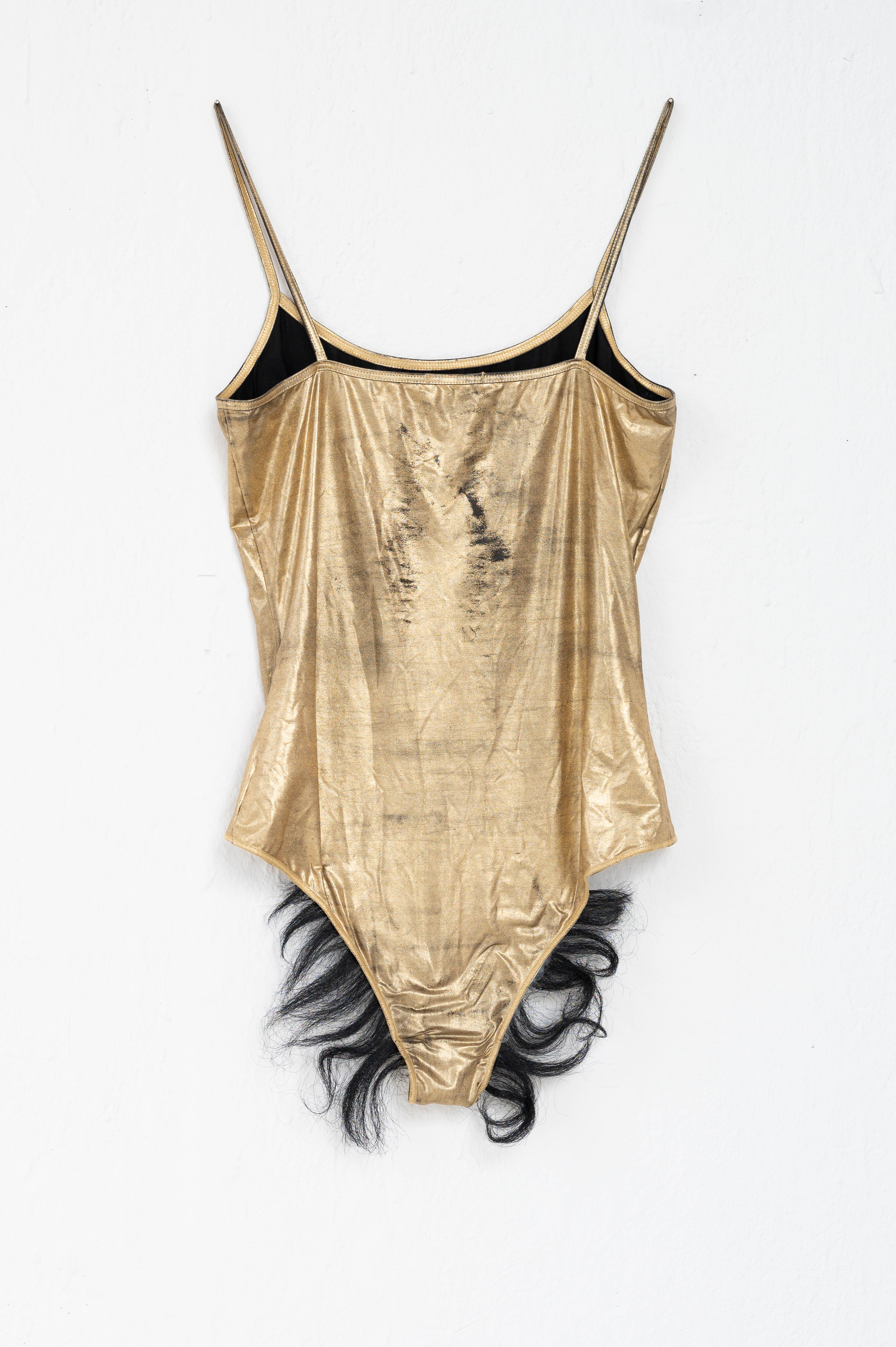
Female body hair is at the centre of this cabinet exhibition, which presents works of painting, photography, graphic art and design from the 16th century to the present day. The spectrum ranges from Renaissance goddesses to a mobile drying bonnet and a body with artificial pubic hair. Art’s view of the female body and the depiction of its hair over the centuries bear witness to ideals of beauty, forms of desire and everyday grooming routines. Dedicated to the hairy stories in the Kunstpalast collection, “Hairytales” opens up perspectives on this intimate, symbolic material.
Curator: Ellen Haak, Research assistant in the photography collection at the Kunstpalast.
Image Credits
Image Credits

